Whether you’re a seasoned gardener or just getting started, it can be overwhelming to choose the right type of Fig for your garden. With their delectable flavors and versatility in culinary creations, they are sure to become a favorite addition to any garden or orchard. When choosing a type of Fig for your garden or orchard, it’s crucial to consider factors like taste preference, intended use (fresh eating or drying), ripening time, and overall hardiness.

Whether you’re looking for a robust tree with abundant fruit production or a particular flavor that suits your palate, there is sure to be a perfect Fig variety out there for you. Remember that experimentation is key – don’t be afraid to try new varieties and see what works best in your particular setting. Fig cultivation can be both rewarding and enjoyable as you discover which types thrive in your garden.
Different Types of Fig Varieties
Brown Turkey Fig
The Brown Turkey Fig is a popular variety known for its rich, sweet flavor and versatility in culinary applications. It has a distinctive brownish-purple skin that surrounds its tender, pink flesh. One of the great things about the Brown Turkey Fig is its adaptability. Whether you live in a hot or cold climate, this variety can flourish with proper care and maintenance. It’s also relatively easy to grow, making it the best choice for both experienced gardeners and beginners alike. When it comes to taste, the Brown Turkey Fig offers a delightful balance of sweetness and earthiness.
Celeste Fig
The Celeste Fig is a distinct variety known for its small to medium-sized fruit and sweet, honey-like flavor. It is one of the most popular Fig varieties among home gardeners due to its adaptability and reliable production. One characteristic that sets the Celeste Fig apart from other varieties is its ability to thrive in both humid and dry climates. This makes it an excellent choice for gardeners who live in regions with fluctuating weather patterns.
In terms of appearance, the Celeste Fig has light brown or violet skin with pinkish flesh inside. Another notable trait of the Celeste Fig is its resistance to diseases such as root-knot nematodes. This makes it easier for growers to cultivate this variety without worrying about potential damage caused by these pests.
Celeste Sequoia
The Celeste Sequoia Fig is a unique variety that stands out among the different types of Figs. It is known for its distinct characteristics and delicious flavor. One of the key features of the Celeste Sequoia Fig is its size. These Figs are larger than most other varieties, making them visually appealing and enticing to eat. When it comes to taste, the Celeste Sequoia does not disappoint. It has a sweet and rich flavor with hints of honey and berry notes.
In case you missed it: How to Grow Fig Trees/Fruits from Seed to Harvest: Check How this Guide Helps Beginners
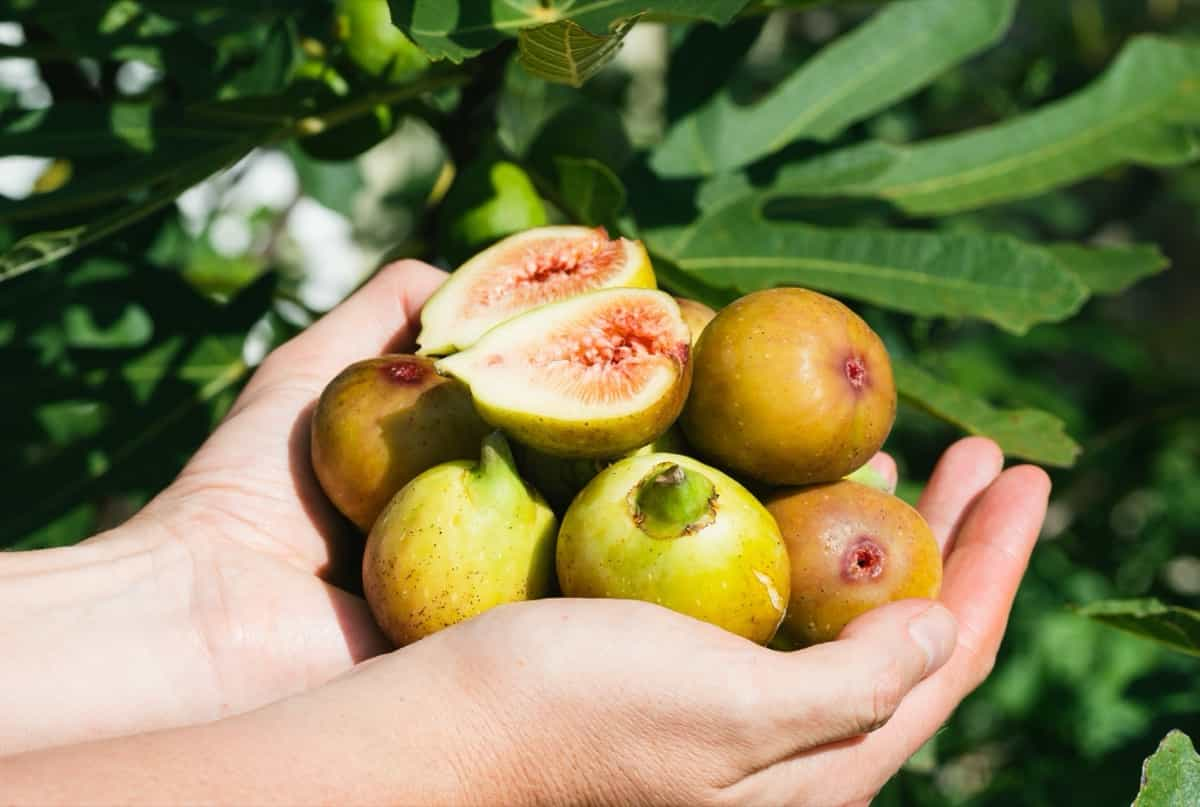
Cape Fiore
Cape Fiore is a unique and distinctive variety of Fig that has gained popularity among fruit enthusiasts. This Fig variety originates from the Mediterranean region, where it thrives in warm climates. One characteristic that sets Cape Fiore apart is its beautiful appearance. The skin of this Fig is a vibrant purple color with hints of green, making it visually appealing and enticing to the eye.
When ripe, Cape Fiore Figs have a soft texture and are bursting with sweet flavors that delight the taste buds. Another noteworthy feature of Cape Fiore Figs is their versatility in culinary applications. What makes Cape Fiore truly stand out is its ability to adapt well to different growing conditions. Whether you have limited space for container gardening or a spacious backyard garden, this variety can thrive and produce an abundant harvest.
Black Jack
Black Jack is a distinct Fig variety known for its rich flavor and unique characteristics. This type of Fig has dark purple skin with hints of black. The fruit itself is medium to large and has a sweet, juicy flesh that is highly desirable. One of the standout features of Black Jack is its ability to produce two crops per year. It typically yields an early crop in late spring or early summer, followed by a second crop in the fall. This makes it a popular choice among avid Fig growers who want to enjoy fresh Figs throughout the year.
Bruno
One of the lesser-known Fig varieties is Bruno. This unique variety stands out for its distinct characteristics and flavor profile. Bruno Figs are medium-sized with deep purple skin and pinkish-red flesh. These Figs have a good balance of sweetness and acidity, making them perfect for both fresh eating and cooking.
One notable feature of Bruno Figs is their ability to produce two crops in a single season. The first crop typically ripens in early summer, while the second crop matures later in the year. This extended harvest period allows you to enjoy Bruno Figs over an extended period. When it comes to cultivation, Bruno Fig trees are known for their vigorous growth habit and high productivity.
Cape Fiol
Cape Fiol is a unique and distinct variety of Fig that is known for its delicious taste and beautiful appearance. This particular Fig has a deep purple skin that contrasts with its vibrant red flesh, making it an attractive addition to any fruit salad or dessert. One of the standout characteristics of Cape Fiol Figs is their sweet flavor. They have a rich and honey-like taste that is incredibly satisfying to the palate. The texture of these Figs is also noteworthy, as they are soft and juicy, providing a delightful eating experience.
In case you missed it: 14 Common Fig/Anjeer Plant Problems: How to Fix Them, Solutions, and Treatment
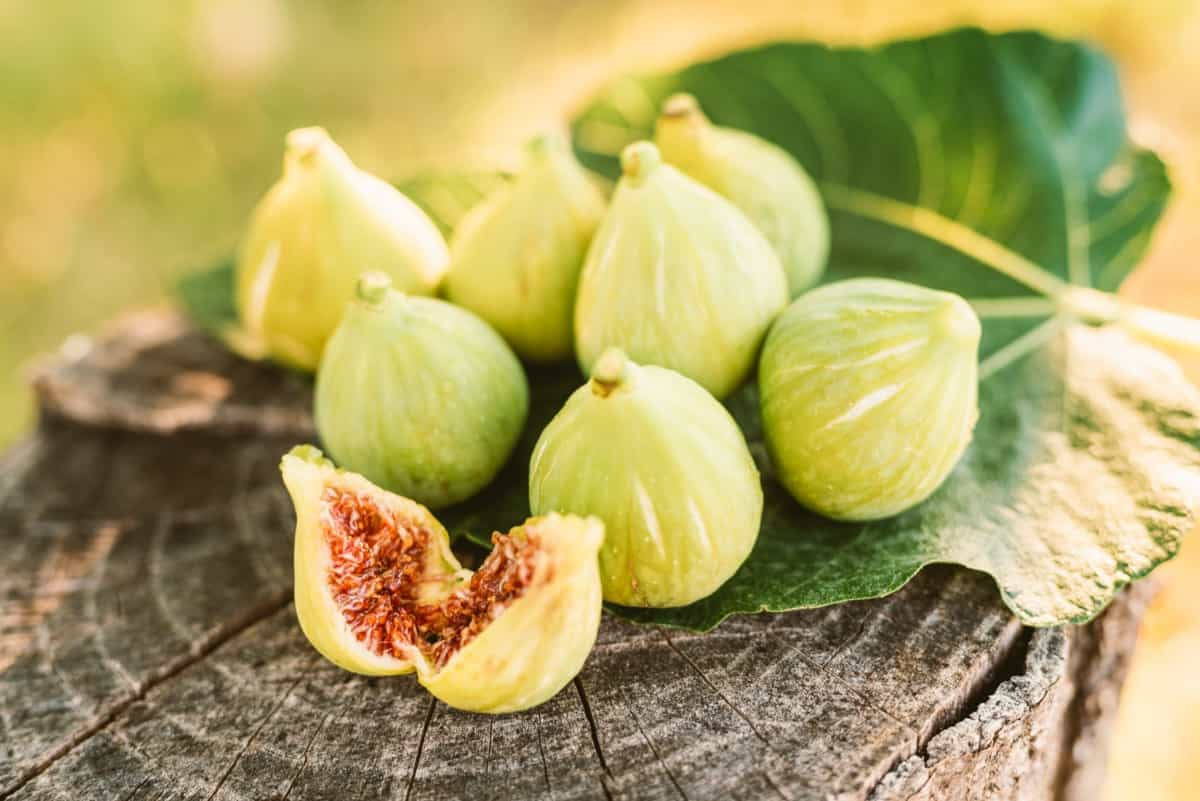
In terms of size, Cape Fiol Figs tend to be medium-sized fruits. They are not overly large but still offer plenty of meaty goodness inside. Their shape is generally round or slightly elongated, giving them an elegant appearance. When it comes to growing Cape Fiol Fig trees, they thrive in warm climates with well-drained soil. They require full sun exposure to produce bountiful harvests. These trees can reach impressive heights if given proper care and attention.
Celeste Violette
Celeste Violette is a unique Fig variety that stands out with its beautiful color and exquisite taste. This Fig variety has a deep purple skin, almost black, which makes it visually striking. When you cut into the fruit, you’ll find a vibrant pink flesh that is both sweet and juicy. The flavor of Celeste Violette can be described as rich and complex. One of the great things about Celeste Violette is its versatility. You can enjoy it on its own as a healthy snack or incorporate it into various recipes.
It pairs well with both savory and sweet flavors, making it an excellent choice for salads, desserts, or even paired with cheese. In terms of growth characteristics, Celeste Violette is known for being relatively easy to cultivate. It thrives in warm climates but can also adapt well to different soil types. With proper care, you can expect this Fig tree to yield plenty of delicious fruits throughout the growing season.
King Brown
King Brown is a distinct variety of Fig that stands out with its vibrant reddish-brown skin and deliciously sweet flavor. This Fig variety is known for its large size, making it a standout choice for those who enjoy indulging in generous bites of fruit. The flesh of the King Brown Fig is soft and juicy, with a rich, honey-like taste that lingers on the palate. Its texture is smooth and velvety, adding to the overall sensory experience of eating this delectable fruit. One of the remarkable characteristics of King Brown Figs is their versatility. Grown primarily in Mediterranean climates, King Brown Fig trees thrive in warm temperatures and well-drained soil.
Marijn
Marijn is a Fig variety that stands out for its unique and distinct characteristics. This Mediterranean fruit boasts a vibrant purple skin with green stripes, making it visually appealing. The flavor of Marijn Figs can be described as sweet and rich, with hints of honey and berry notes. One notable feature of Marijn Figs is their soft, juicy flesh that practically melts in your mouth.
In case you missed it: Best Fertilizer for Fig trees/Anjeer: Organic, Homemade, Liquid, Natural, NPK, Compost, How and When to Apply
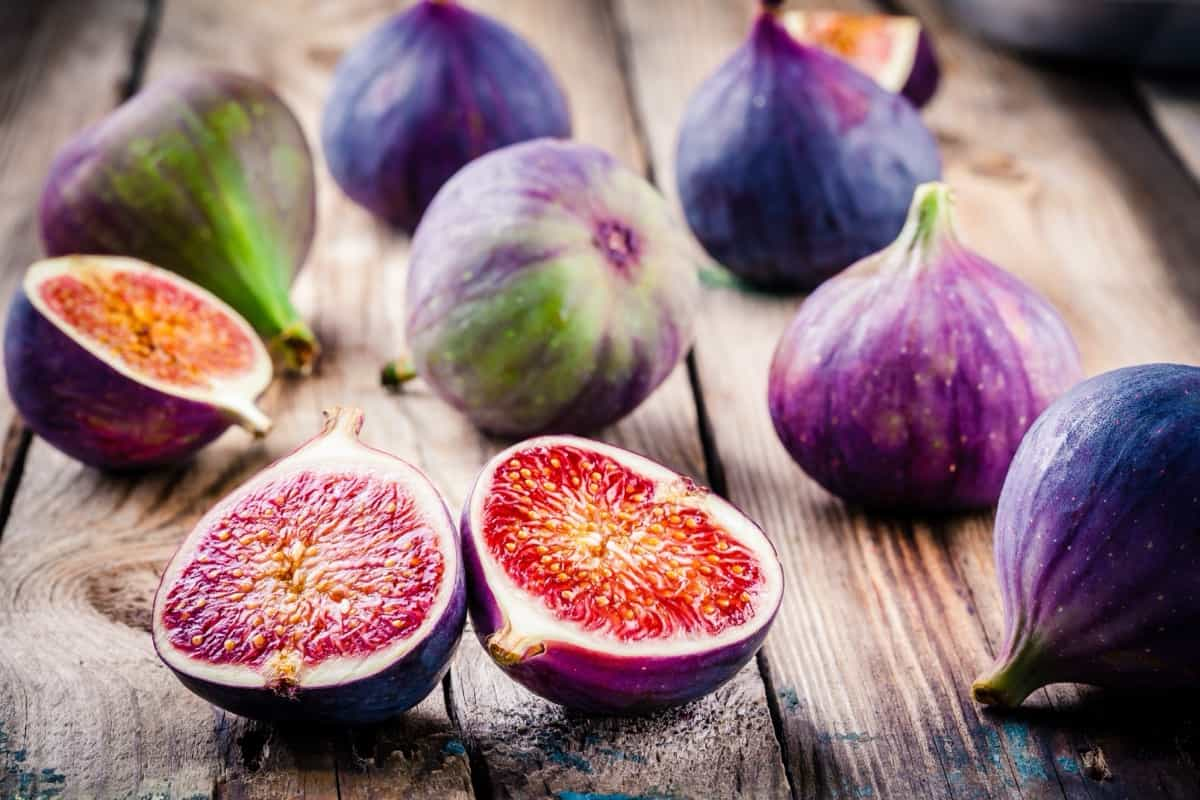
Each bite is a burst of sweetness that leaves you wanting more. The texture is smooth and velvety, adding to the overall indulgent experience. Not only are Marijn Figs delicious, but they also have an impressive nutritional profile. In summary, Marijn Figs offers a delectable taste experience along with numerous health benefits.
Magnifique
In the world of Fig varieties, one name that stands out is Magnifique. This unique and distinct type of Fig has its own set of characteristics that make it truly magnificent. Magnifique Figs are known for their large size. They can grow to be quite substantial, making them a visually impressive fruit. The vibrant green skin is smooth and shiny, adding to their appeal. When it comes to taste, Magnifique Figs are a delightful combination of sweetness and acidity.
They have a rich flavor profile with hints of honey and berry notes. Each bite is an explosion of deliciousness on your taste buds. Another notable feature of Magnifique Figs is their texture. They have soft flesh that melts in your mouth, creating a pleasurable eating experience. Their juicy nature adds to the overall enjoyment. Furthermore, these Figs are versatile in their uses. Their unique flavor adds depth to any dish they are added to.
Sierra
Sierra is a popular Fig variety known for its unique characteristics and delicious flavor. This Fig has a medium to large size, with a deep purple skin that is almost black when ripe. The flesh of the Sierra Fig is pinkish-red in color and has a sweet, honey-like taste. One of the standout features of the Sierra Fig is its exceptional juiciness. When you take a bite of this fruit, you can expect a burst of flavorful juice that will leave your taste buds craving for more.
The texture of the flesh is soft and smooth, making it an absolute delight to eat. Not only does Sierra offer an amazing taste experience, but it also has numerous health benefits. Like other varieties of Figs, Sierra is packed with essential nutrients, fiber, vitamins, and minerals. Sierra trees are relatively easy to care for and can thrive in various climates.
Cape Fior
Cape Fior is a distinct variety of Fig that stands out for its unique characteristics. This particular type of Fig has a beautiful deep purple skin with hints of red, making it visually stunning. One notable feature of Cape Fior is its size. These Figs tend to be larger than average, making them a great choice for those who enjoy indulging in big bites. Another aspect that sets Cape Fior apart from other varieties is its versatility in culinary applications.
In case you missed it: Top 20 Tulip Varieties to Brighten Your Garden
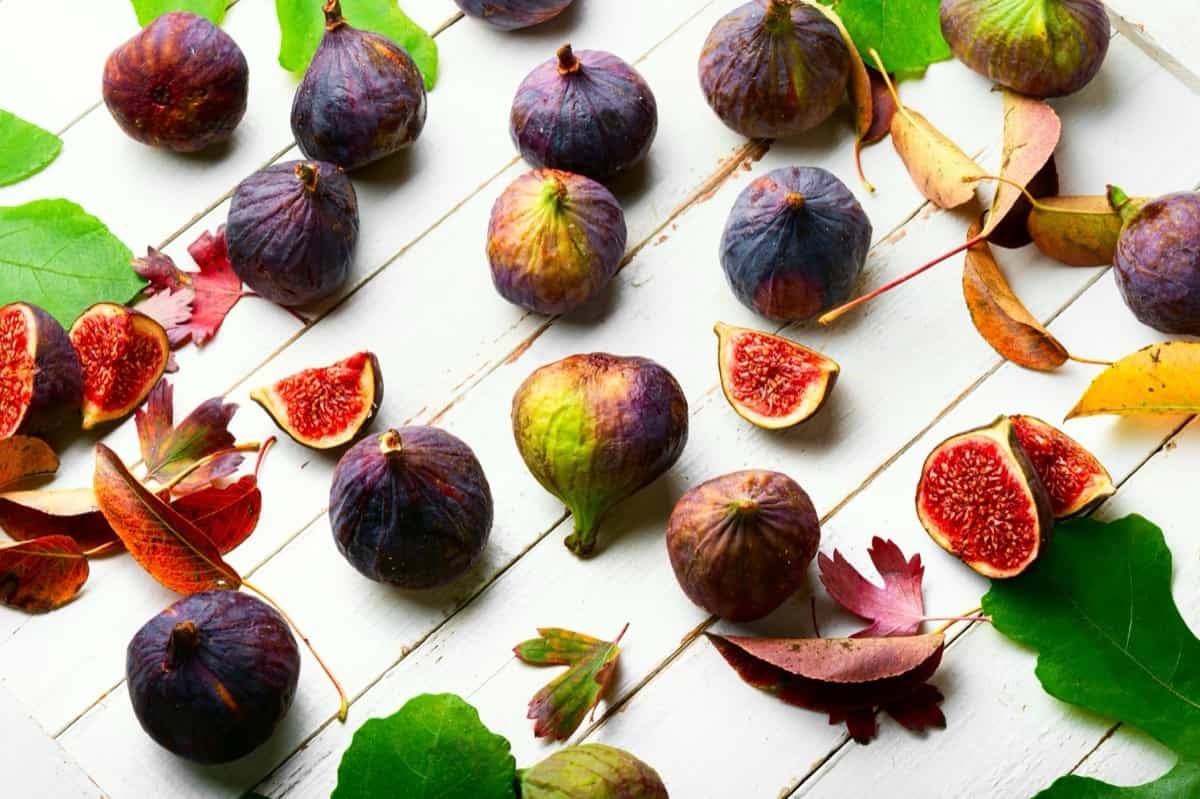
Whether you want to use these Figs in salads, desserts, or even as a topping for pizzas or sandwiches, they will add both visual appeal and delicious taste to your dishes. In terms of growing conditions, Cape Fior thrives in warm climates with plenty of sunlight. It requires well-drained soil and regular watering to ensure optimum growth and fruit production.
Blair
Blair is a remarkable variety of Fig that stands out for its exceptional flavor and unique characteristics. One of the distinctive features of Blair Figs is their deep purple skin, which encases a luscious, sweet flesh. The texture is smooth and velvety, making each bite an indulgent experience for your taste buds. The flavor profile of Blair Figs can be described as rich and complex. Whether enjoyed fresh or used in culinary creations, Blair Figs never fails to impress.
Blair Fig trees are also known for their vigorous growth habit and high productivity. These trees thrive in warm climates but can adapt well to different conditions with proper care. With adequate sunlight exposure and regular watering, you can expect abundant harvests from your Blair Fig tree. If you’re looking to add some variety to your garden or simply want to explore different flavors, Blair Figs are definitely worth considering. Their unique taste and stunning appearance make them a standout choice among other types of Fig varieties.
Frequently asked questions about Different Types of Fig Varieties.
Do Different Fig Varieties Look Different?
Yes! Fig varieties can vary greatly in appearance. They range from dark purple or black to green or yellowish-green skins with varying degrees of smoothness or wrinkling.
Can I Grow Figs in containers?
Yes! Many Fig varieties can be grown successfully in containers as long as they have enough room to spread their roots.
In case you missed it: Best Low-Maintenance Fruit Varieties for Busy Gardeners
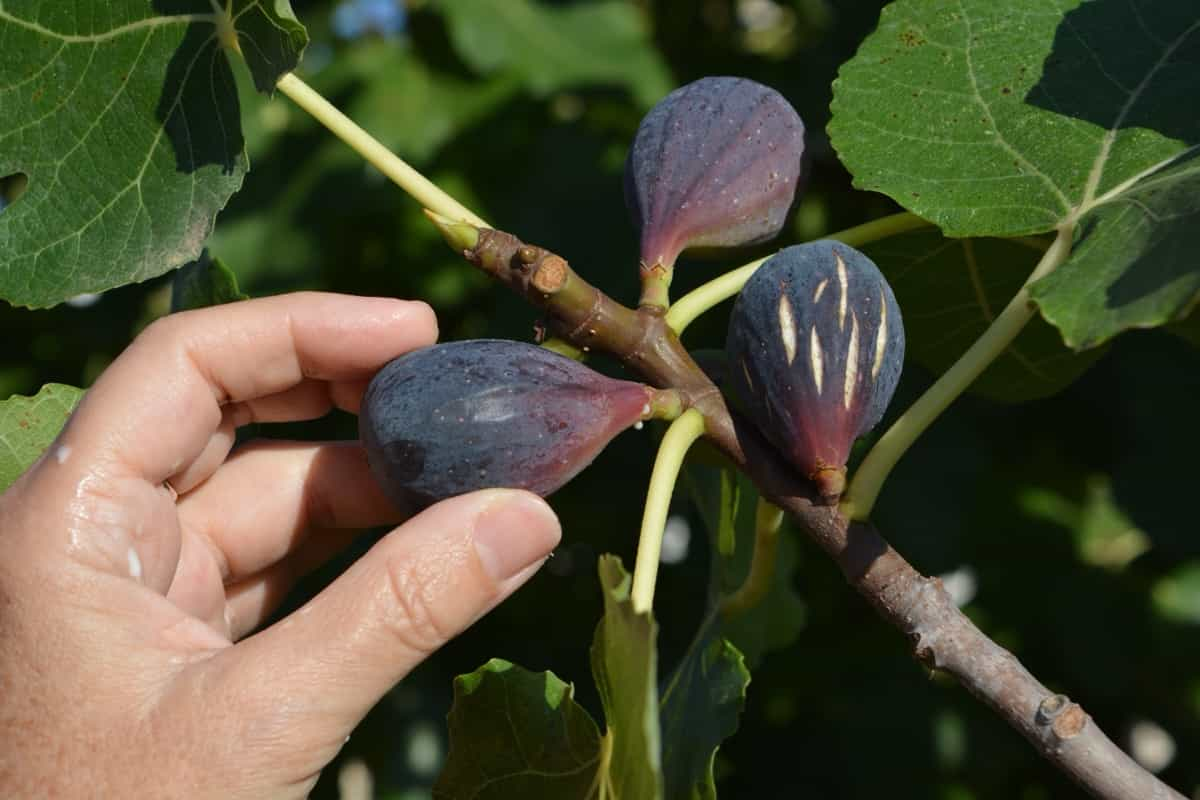
Conclusion
Remember to consider factors such as taste preference, size preference, ripening time, and climate suitability when selecting which variety to grow or purchase. And most importantly, enjoy indulging in these delicious fruits. With so many options available when it comes to Fig varieties – from their distinct tastes and textures to their stunning colors – there is truly something for everyone in this diverse fruit family.
- Broccoli Seed Germination and Selection
- Asparagus Seed Germination and Variety Selection
- Seasonal Flower Gardening: Best Practices for Spring, Summer, Fall, and Winter
- How to Grow Hibiscus from Flower
- Plantation Ideas for Home Decoration: A Beginners Guide
- Flower Garden Designs and Layouts for Beginners
- Planting and Spacing Techniques in Papaya: A Beginner’s Guide
- Growing Gold: Essential Techniques for Planting Pineapples
- How to Make Kalanchoe Plant Bushy: Home Remedies and Solutions
- 11 Reasons Why Your Gardenia is Not Blooming: Home Remedies and Solutions
- Eco Elegance: The Guide to Designing a Drought-Tolerant Landscape
- Gardening on a Slope: Strategies for Hillside Landscaping
- Nourish and Flourish: Top Organic Mulches for Thriving House Plants
- Everything You Want to Know about Indian Mogra Flower: Discover Uses and Growing
- Green Thumb Success: Expert Tips for Cultivating Greenhouse Pumpkins All Year Round
- Maximize Growth & Flavor: The Ultimate Guide to Companion Planting in Herb Gardens
- How to Control Rhododendron Problems Naturally: Home Remedies and Organic Ways to Fix Them
- Natural Magic: The Remarkable Benefits of Cinnamon for Plants
- Best Steps to Revive Dying Tulip with Natural and Organic Treatment
- 10 Reasons Why Your Angel Trumpet is Not Blooming: Remedies and Treatment
- How to Fix Periwinkle Leaf and Flower-Related Problems: Natural Remedies and Solutions
- How to Fix Zinnias Leaf and Flower Problems: Discover Natural and Home Remedies
- Organic Steps to Induce Lemon Tree Flowers: A Comprehensive Guide
- Bloom Booster: Crafting the Perfect Homemade Bougainvillea Fertilizer
- Optimizing Growth: A Guide to Applying NPK Fertilizer for Potted Plants
- 10 Best Homemade Fertilizers for Rubber Plant: DIY Recipes and Application Method
- How to Boost Female Pumpkin Flowers: Effective Steps for More Flowers and High Yields
- Transform Your Indoor Garden: Top Benefits of Pink Salt for Houseplants
- 10 Best Homemade Fertilizers for Peacock Plants (Calathea): Easy DIY Guide
- Unlock Blooms: 9 Reasons Why Your Potted Chrysanthemum is Not Blooming
- 8 Reasons Why Your Potted Hibiscus is Not Blooming: Fix it with Simple Solutions
- Unlock Blooms: 9 Key Reasons Your Potted Frangipani Won’t Flower
- 10 Reasons Why Is My Ice Plant Not Blooming: Remedies and Treatment
- 10 Reasons Why My Potted Hydrangea Not Blooming: Treatment and Remedies
- 10 Reasons Why is My Wisteria Not Blooming: Remedies and Treatment
- 10 Reasons Why is My Goldfish Plant Not Blooming: Remedies and Treatment